| Columns Retired Columns & Blogs |
Sonus Faber Venere 1.5 loudspeaker Measurements
Sidebar 3: Measurements
I used DRA Labs' MLSSA system and a calibrated DPA 4006 microphone to measure the Sonus Faber Venere 1.5's frequency response in the farfield, and an Earthworks QTC-40 for the nearfield responses. The Venere 1.5's voltage sensitivity is specified as 85dB/2.83V/m; my estimate was significantly lower, at 82.5dB(B)/2.83V/m, the same as the BBC LS3/5A. The nominal impedance is specified as 6 ohms; my measurement (fig.1) reveals that the minimum magnitude is 6 ohms and that the impedance remains above 8 ohms for almost the entire audioband. Despite its low sensitivity, this speaker will be very easy for amplifiers to drive. I left the grille off for all measurements.
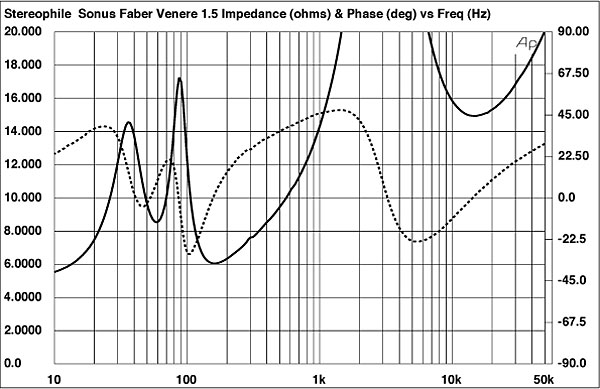
Fig.1 Sonus Faber Venere 1.5, electrical impedance (solid) and phase (dashed) (2 ohms/vertical div.).
There is a suspicious-looking wrinkle in the impedance traces at 300Hz. Investigating the enclosure panels' vibrational behavior with a simple PVDF accelerometer, I found a low-level resonance at 328Hz on the top and side panels (fig.2 was taken on the top panel), and a stronger mode at 359Hz on both sidewalls (not shown). However, this measurement was taken with the speaker sitting on upturned cones, which allows cabinet resonances to develop to their fullest. (See "The Sound of Surprise.") I note that Bob Reina used the speakers bolted to their dedicated stands and didn't comment on any lower-midrange congestion that might have resulted from this behavior.
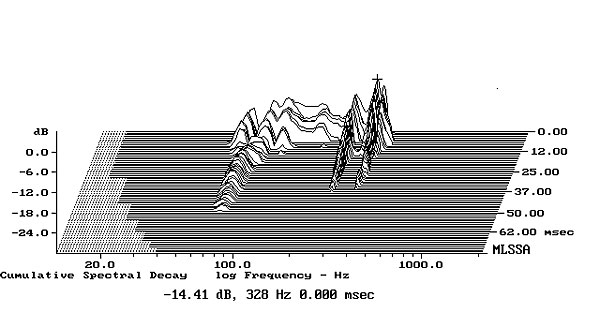
Fig.2 Sonus Faber Venere 1.5, cumulative spectral-decay plot calculated from output of accelerometer fastened to center of top panel (MLS driving voltage to speaker, 7.55V; measurement bandwidth, 2kHz).
The Sonus Faber's dedicated stand tilts it back about 5°. I therefore measured the speaker on an axis approximately 5° below the tweeter axis, which indeed did give the best integration of the outputs of the two drive-units in both the frequency and time domains (see later). The individual responses of the tweeter (green trace), the woofer (blue), and the slot on the front baffle (red), are shown in fig.3. The woofer crosses over to the tweeter at 2kHz, as specified. Though there are some slight peaks in its output above 2kHz, these are well suppressed by the crossover. The tweeter rolls in with a second-order, 12dB/octave slope, and has a broad peak in its output between 8 and 20kHz. At the other end of the audioband, the woofer peaks by 5dB in the upper bass before handing over to the port. This will be due in part to the nearfield measurement technique, but it does suggest that the Venere 1.5's bass alignment is on the underdamped side. The output of the port covers a well-defined bandpass centered on its tuning frequency of 56Hz, and while there are a couple of peaks visible in the upper-frequency response, these are well down in level.
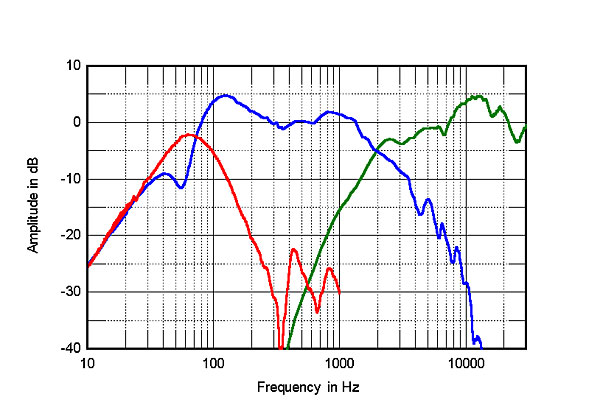
Fig.3 Sonus Faber Venere 1.5, acoustic crossover on listening axis at 50", corrected for microphone response, with nearfield responses of woofer (blue) and port (red), respectively plotted below 355Hz, 1kHz.
Fig.4 shows how these individual outputs sum in the farfield. There is a broad lack of energy in the crossover region, due not to a misaligned crossover but to the fact that the tweeter has less energy in the bottom half of its passband than in the top half. There is also a slight lack of energy in the lower midrange, below which the response peaks significantly. As BJR noted in his auditioning, there was "a subtle elevation in the mid- to upper bass," though he felt this didn't add any coloration. As with the classic LS3/5A, this kind of woofer alignment gives the impression that there is more bass than is really the case. The boost in energy centered on 10kHz in fig.4 is too high in frequency to be perceived as brightness, but it will add to the sense of detail.
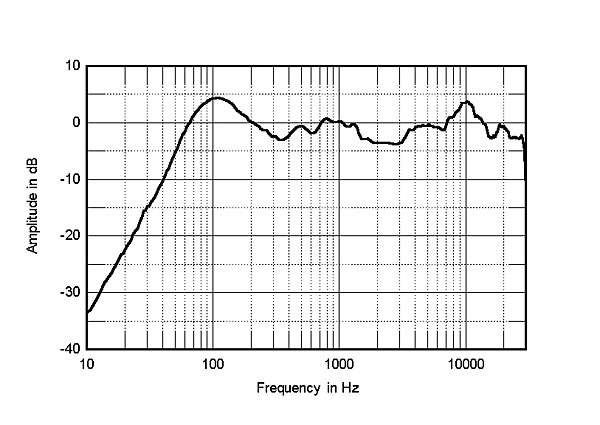
Fig.4 Sonus Faber Venere 1.5, anechoic response on listening axis at 50", averaged across 30° horizontal window and corrected for microphone response, with complex sum of nearfield responses plotted below 300Hz.
The plot of the Sonus Faber's lateral dispersion, referenced to the response on the listening axis, is shown in fig.5. The contour lines are smooth and even, something that always correlates with precise, stable stereo imaging. But you can see that the tweeter's output doesn't roll off to the sides above 10kHz as rapidly as is usual with a 1" dome. This means that the excess top-octave energy in the on-axis response is not compensated for by a lack of in-room energy in the same region. I am puzzled therefore, why BJR felt the Venere 1.5 to lack "high-end extension and extreme top-end sparkle." In the vertical plane (fig.6), the dispersion, normalized to the response on the tweeter axis, indicates that a large suckout in the crossover region develops more than 5° above and 15° below the tweeter axis.
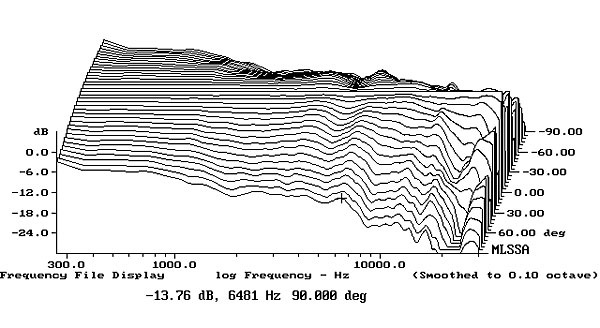
Fig.5 Sonus Faber Venere 1.5, lateral response family at 50", normalized to response on listening axis, from back to front: differences in response 90–5° off axis, reference response, differences in response 5–90° off axis.
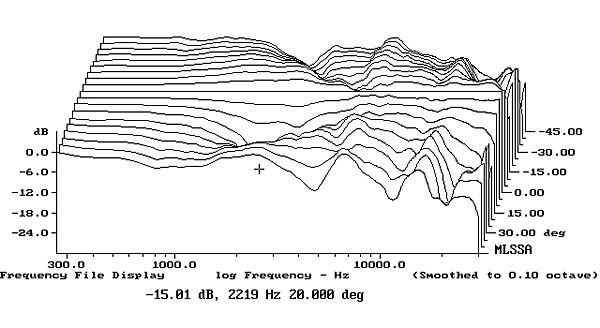
Fig.6 Sonus Faber Venere 1.5, vertical response family at 50", normalized to response on tweeter axis, from back to front: differences in response 45–5° above axis, reference response, differences in response 5–45° below axis.
In the time domain, the step response on the listening axis (fig.7) indicates that both drive-units are connected with positive acoustic polarity and that the decay of the tweeter's output blends smoothly with the start of the woofer's output. Moving the microphone up to the tweeter axis moves the tweeter's step closer to the microphone (not shown), interfering with the smooth blending seen in fig.7. The cumulative spectral-decay plot on the listening axis (fig.8) reveals a clean decay in the upper midrange and treble, disturbed only by a low-level resonant mode at 1.3kHz. (Ignore the sharply defined ridge of delayed energy just below 16kHz; this is an artifact picked up from the computer monitor.)
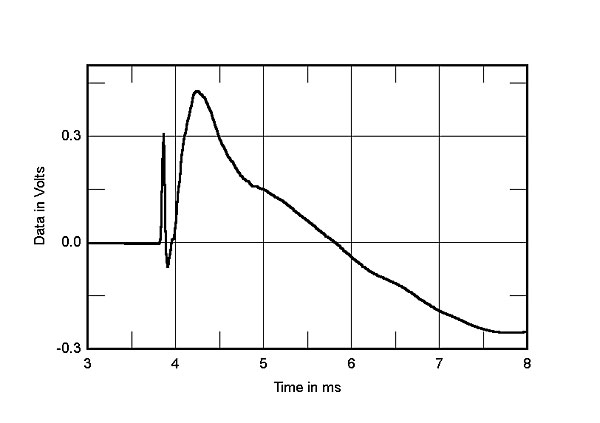
Fig.7 Sonus Faber Venere 1.5, step response on listening axis at 50" (5ms time window, 30kHz bandwidth).
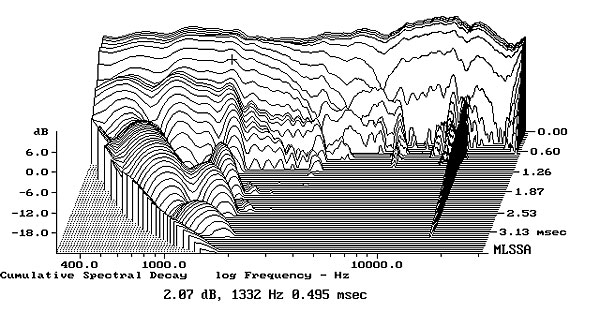
Fig.8 Sonus Faber Venere 1.5, cumulative spectral-decay plot on listening axis at 50" (0.15ms risetime).
The Venere 1.5's measured performance indicates a design optimized for a relatively small, stand-mounted loudspeaker.—John Atkinson
- Log in or register to post comments




































